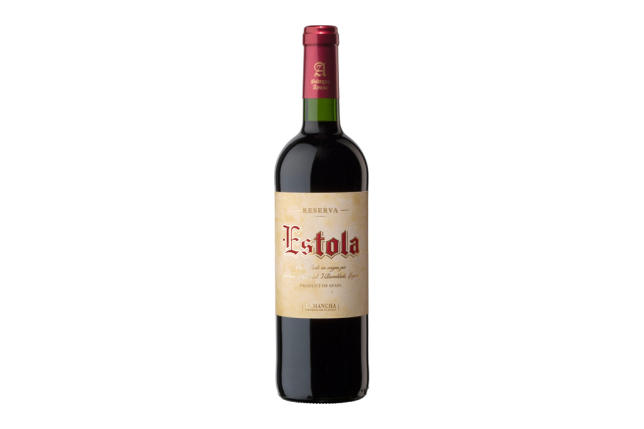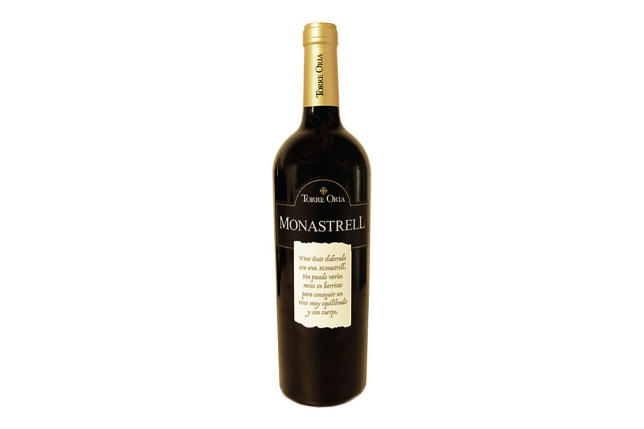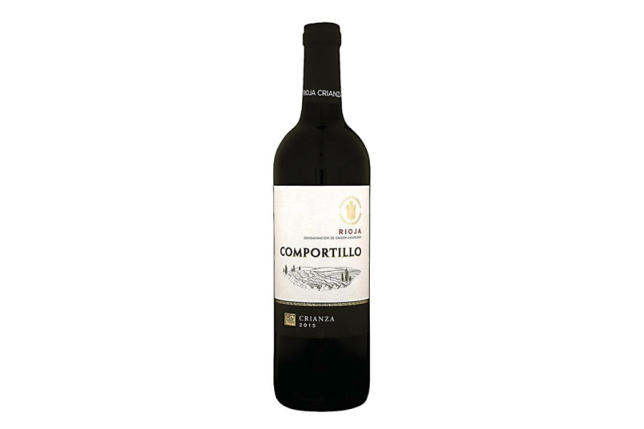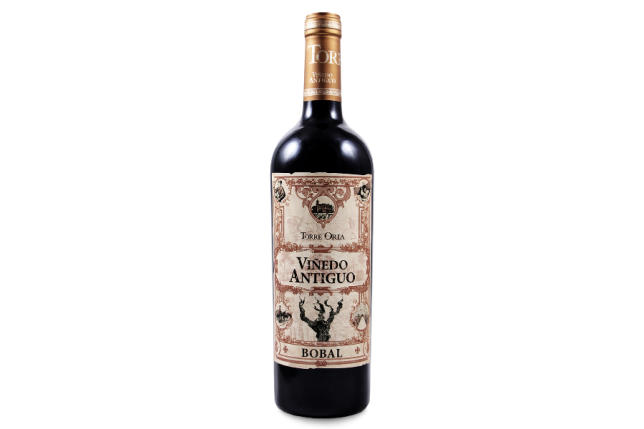Whether we like it or not, if you live in Spain, Mercadona is an inseparable part of our lives ... And, in recent years, the supermarkets of Juan Roig, one of the richest men in Spain, has focused on updating their suppliers so that they offer more and better gourmet products: cheeses, beers, chocolates, ice cream, sweets ... And, of course, their wines too.
The Mercadona wine line is full of references but… What are the best wines in the most popular supermarket? The ‘Guide to Supermarket Wines 2019’, highlights up to 6 Mercadona wines that could well enter other more ‘premium’ lists, such as the best wines in Spain.
Whatever the case, these wines have a more than remarkable quality, enough to surprise you and also your guests ... These are the 6 best Mercadona wines (all red, I may add) that should be in your cellar ... And all of them at less than 5 euros the bottle!
Mercadona's Top 6 Wines - according to the experts:
6. Estola Reserva

Bodegas Ayuso – DO La Mancha
4 stars
3,65 €
5. Torre Oria Monastrell Joven

Torre Oria – sin origen
4 stars
3,25 €
4. Comportillo Crianza

Bodegas Ontañón – DO Rioja
4 stars
2,95 €
3. Torre Oria Viñedo Antiguo Roble

Torre Oria – DO Utiel-Requena
4 stars
2,90 €
2. Castillo de Liria Bobal Shiraz

Vicente Gandía – DO Valencia
4 stars
2,29 €
1. Vino Tinto Torre Oria Crianza

Torre Oria – DO Utiel-Requena
4 stars
2 €